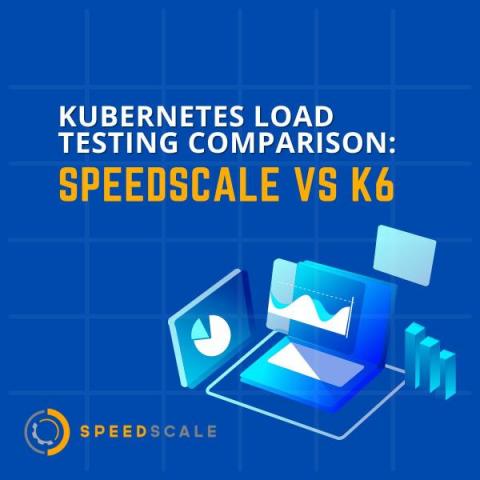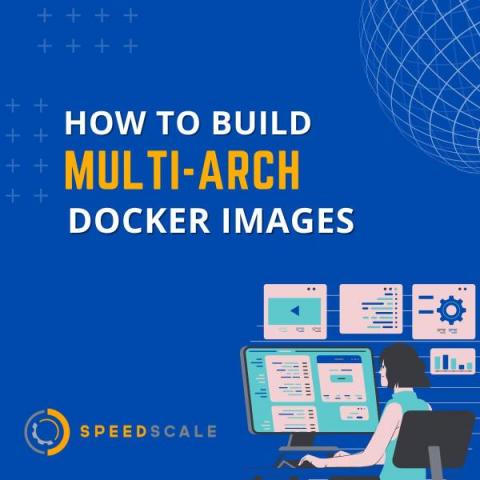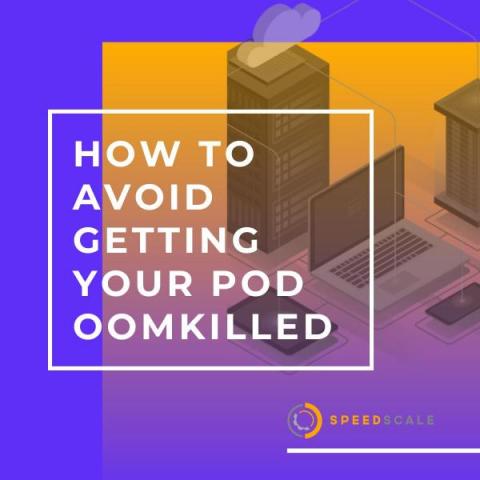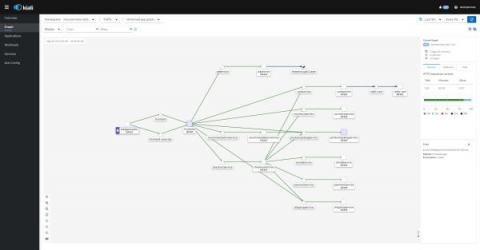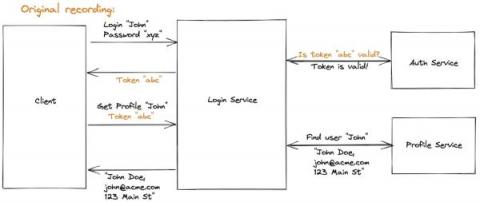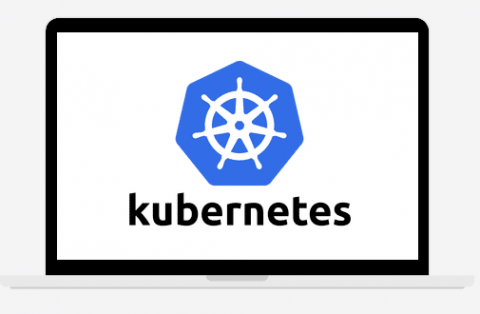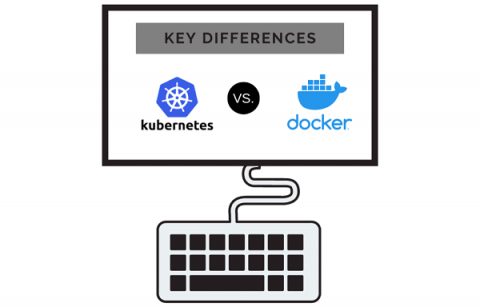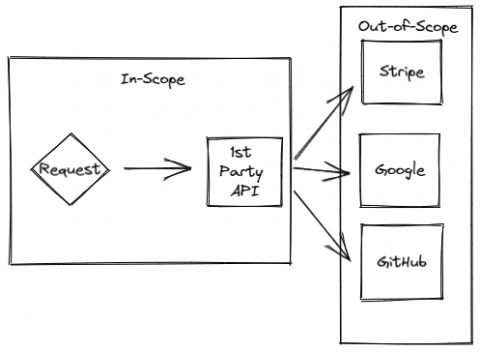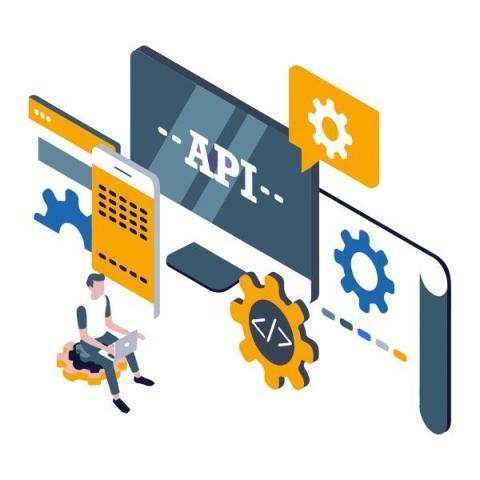Operations | Monitoring | ITSM | DevOps | Cloud
Speedscale
How to Build Multi-Arch Docker Images
With ARM based dev machines and servers becoming more common, it is become increasingly important to build Docker images that support multiple architectures. This guide will show you how to build these Docker images on any machine of your choosing.
How to Avoid Getting Your Pod OOMKilled
In this blog, understand why your pod has OOMKilled errors when provisioning Kubernetes resources and how Speedscale can aid with automated testing. When creating production-level applications, enterprises want to ensure the high availability of services. This often results in a lengthy development process that requires extensive testing for the applications or a new release.
Using Open Source for API Observability
API Observability isn't exactly new, however it's popularity has seen rapid growth in the past few years in terms of popularity. API Observability using open source is different from regular API monitoring, as it allows you to get deeper and extract more valuable insights. Although it takes a bit more effort to set up, once you've got an observability infrastructure running it can be immensely helpful not only in catching errors and making debugging easier, but also in finding areas that can be optimized.
Speedscale Traffic Replay is now v1.0
Nate Lee here, and I’m one of the founders of Speedscale. The founding team’s worked at several observability and testing companies like New Relic, Observe Inc, and iTKO over the last decade. Speedscale traffic replay was borne out of a frustration from reacting to problems (even if they were minor) that could have been prevented with better testing.
Local Kubernetes Environments: Part 2
Kubernetes shouldn’t be reserved for production. Using local Kubernetes in development means you can build and test your service using the same technologies as your live deployments. Some organizations provide a shared Kubernetes cluster for development activities. Others offer on-demand virtual clusters that serve staging environments for significant changes.
Kubernetes vs Docker: Key Differences
It's impossible to learn about containerization without hearing about Docker and Kubernetes. These two tools together dominate the world of containers, both being the de-facto standard in what they each do. When you're first getting started learning about containers, it can be quite a challenge to figure out what the differences are between these two tools.
Advantages of Using a Mock API to Accelerate Development
Mocking APIs is an increasingly popular trend, with more and more developers seeing the advantages of mocking dependencies rather than spinning up actual duplicates of resources. On a high-level, a mock API means that you have a service that returns static data, which in turn is based on a real API.
How to Test Microservices in Kubernetes
In this article, you will learn about some of the tools to test microservices running in a Kubernetes cluster. In particular, we will compare the Speedscale CLI tool with other tools and the main benefits of using Speedscale CLI. In the last few years, software companies have been shifting from building monolith applications to utilizing smaller microservices. In a microservices architecture, you operate with decentralized applications. This means that there's a separation in which each service is responsible for a specific component of your application.
Continuous Performance Testing in CI Pipelines: CircleCI
With over 50,000 active organizations and 250 million workflows, CircleCI is one of the most popular networked CI platforms. When getting started with CI pipelines, teams typically want to ensure that code will compile, pass unit tests, and build a container image. After catching these low hanging fruit of syntax errors, engineering teams need to dig much further to find business logic and scalability errors.


